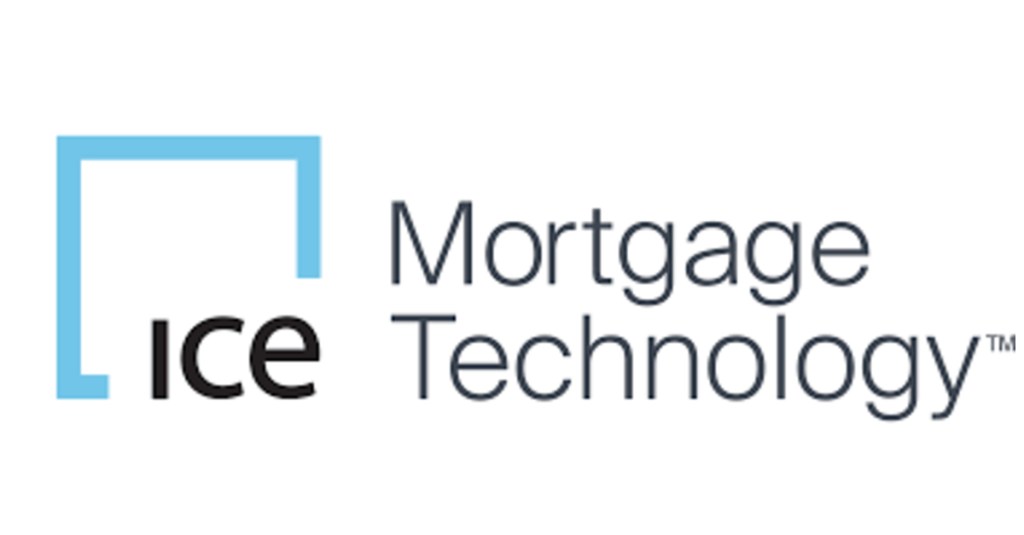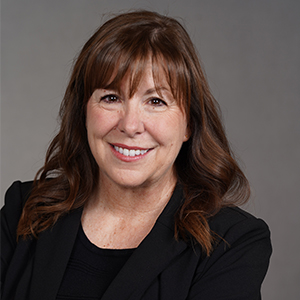Intercontinental Exchange (ICE) completed its acquisition of Black Knight Tuesday, making the combined company the biggest player in the mortgage tech space. I sat down with Tim Bowler, president of ICE Mortgage Technology, a business unit of ICE, to talk about the company’s mortgage automation strategy — and what keeps him up at night.
Sarah Wheeler: ICE’s acquisition of Black Knight just closed today. What is top of mind for you moving forward?
Tim Bowler: We’re incredibly excited about what we will be able to bring to our customers, to borrowers, as well as to other stakeholders across the mortgage ecosystem. We’ll accelerate our focus on delivering value and efficiencies with the combined ICE and Black Knight entities so we can continue the journey of helping more people into homeownership.
SW: ICE Mortgage Technology is known for its focus on automation. What parts of the mortgage loan process have been the most resistant to digitization up to this point?
TB: It’s hard to say because there are so many different kinds of transactions between borrowers and lenders. What we’re trying to do at ICE is break down the various transactions where a borrower and a lender might interface and figure out how we can deliver a set of technology tools and solutions so that the borrower can get their loan — for purchase or refinance — as fast as possible with the least amount of cost.
That mindset of knowing that mortgage transactions vary depending on the borrower’s circumstances is an important lens for us because it helps us actually get to the solutions that make the most sense for each one of those discrete transactions.
SW: How does ICE determine the right balance between automation and the human element?
TB: The reality is that the mortgage process, particularly in today’s purchase market, is still a deeply human process. We realize that we are providing the appropriate set of tools and solutions to those humans who are helping those borrowers through the most important financial transaction of their life, so that the processcan be as efficient, seamless and pleasant as possible. The right technology can help you achieve faster approvals and faster closing, while also giving greater comfort and certainty to that borrower.
It’s also helping those borrowers find the right products. Those will inevitably flow through a lender, so we make sure that the lenders have as much information as possible around what might be the best, most appropriate alternatives to present to borrowers.
SW: The FHFA recently held a tech sprint for the mortgage industry and part of the goal was to find out why adoption was low on some of the tech solutions that have been available for years that could really benefit lenders, servicers and borrowers if they were adopted. What do you see as the key obstacles to tech adoption now as, as opposed to in the past?
TB: It seems like each mortgage process should be relatively standardized because we’re manufacturing loans — the vast majority of which will be purchased by the two GSEs or insured by FHA, VA or USDA.
But in the midst of that process is an individual or family and it ends up being a very human-to-human experience. Maybe in the past, the industry looked and asked how we could just industrialize everything associated with the mortgage underwriting approval and funding process too myopically. We think taking a step back to look at that origination process through a human lens will be helpful to increase the uptake of some of the tools that are out there to make the process work.
SW: The cost of origination has been front and center for mortgage banking executives. How are the most successful mortgage executives prioritizing their resources right now?
TB: In this purchase market, it’s the ones who are identifying borrowers they can work with on purchasing that first home. Or, if they are selling and then buying another home, the lenders getting them approved as fast as possible. It’s so important in this market that when a buyer puts an offer on a home, it’s 100% clear that financing is available and ready to support the purchase. And then closing as fast as possible because we’re still in a tight housing market with tight inventory.
SW: We know that homeowners who locked in low mortgage rates might stay in their current home for years. And that’s just building on a trend that’s just been going on even before we got to these really low mortgage rates. What’s the role of tech as lenders play the long game in this market?
TB: Many families and households locked in extremely favorable rates. But I think there’s a dynamism in the U.S. economy and in the housing markets that means people will still move, they’ll still buy a bigger home when the time is right.
In today’s environment, I think there are going to be more households looking to use their equity to invest in their home within the context of retaining the existing primary mortgage that they have at attractive rates. So, for us as a technology provider, it is finding solutions that make it efficient for borrowers to make important investments in their house through mortgage products that meets their needs from a pricing perspective, while also delivering a smooth experience throughout the process.
SW: Affordable housing initiatives are on the radar of more lenders this year, but your typical loan officer may not have a lot of experience there. How are lenders helping borrowers take advantage of loan product innovation and affordable housing initiatives?
TB: There’s no doubt that debt-to-income levels are going to be stressed for that first-time borrower because home prices have remained high despite higher interest rates. And I think it’s incumbent on all of us in the industry to provide tools so lending officers have the knowledge they need to help borrowers access affordable programs, so they know what’s available and how pricing works for those programs.
SW: AI has really stepped into the spotlight this year. Is this going to be a time we will look back on as being a turning point?
TB: The way I think about a lot of these new tools that are being created, whether they be generative AI or more efficient search or more efficient document recognition, is that they should be used to help buyers have a better experience. Correctly harnessed and used, AI could ultimately lead to a more efficient process where decision-making for the borrower is faster.
Our team is focused on thinking about technology in this way: How do we help our customers and partners help borrowers have a better experience through the advanced technologies and tools that are being developed?
SW: Looking out 10 years, what part of the mortgage ecosystem will have changed most in that time frame? What challenges do you think we’ll still be talking about solving with technology?
TB: There are four key aspects to the mortgage process that could be evolved. First is determining whether the homebuyer has the capacity to cover that housing cost on a regular basis. And my hunch tells me that over the course of the next decade, we’re going to develop better tools than those that exist today to be able to highlight the fact that borrowers have the ability to repay on their loan. And a lot of that will come from better mechanisms to evaluate past rental history and the borrowers’ ability to manage housing payments consistently.
As a technology provider, we want to find a better way to show the ability to repay so that the ultimate investor in that mortgage or the insurer feels comfortable with it without having to retain massive amounts of personal information on a multi-decade basis, which is inefficient for the system and puts that information at risk.
Secondly, I think the tools around how we assess the value of the property and the risk associated with that property will evolve to drive a more efficient process, particularly for that first-time borrower or that lower wealth transaction.
The third area is trying to find a way to have a better outcome with refinancing for lower loan balance borrowers than what we saw in the last period of refinancing where the frequency of higher loan balances refinances was just so much greater relative to moderate-balance borrowers, who could benefit the most.
Lastly, this is just a deeply personal point for me because I’m always shocked at how inefficient it is: We’ve got to be able to use technology so when a borrower makes that last payment on the mortgage and owns that house free and clear, the release of liens or security interests is improved.
SW: You are the head of a very large mortgage tech company. What keeps you up at night?
TB: The lack of housing supply in the country and the lack of affordable housing supply, specifically. That lack is driving the cost of housing to artificially high levels that is really squeezing so many lower- and middle-income households.
And I’m hoping and praying that policymakers can be more creative and collaborative in that regard because we have to solve it for this generation of kids and the next generation of kids to come. So that they’ve got adequate housing at fair prices that does not chew up half of their paycheck — that is absolutely critical if you want to keep this economy going.
SW: Lastly, what makes you hopeful or optimistic about our industry right now?
TB: I’m deeply optimistic about our industry. Despite the fact that we face a myriad of challenges, I wouldn’t trade our mortgage market for any other mortgage market on the planet. We’re innovative, we’re dynamic, we have the ability to fund mortgages through thick or thin. We have all the tools at our disposition to retain the best mortgage market on the planet.
It is just incumbent on everybody in the ecosystem to work hard every day and in every way to make a difference to have a better, fairer, more dynamic market.
Want more mortgage and real estate technology features? Subscribe to the weekly HousingStack newsletter here.






